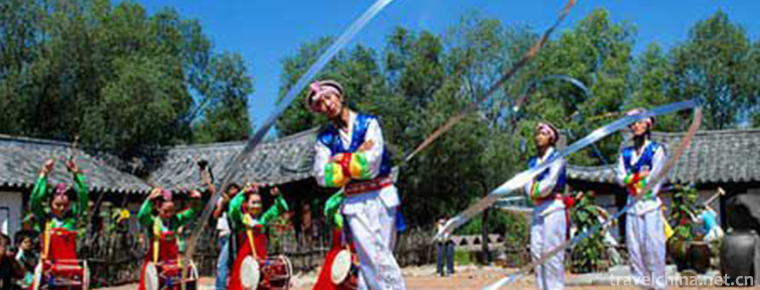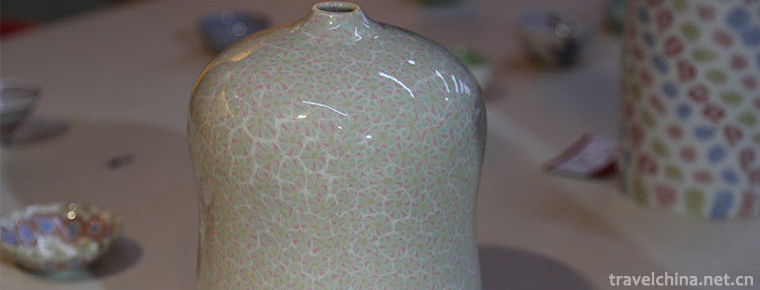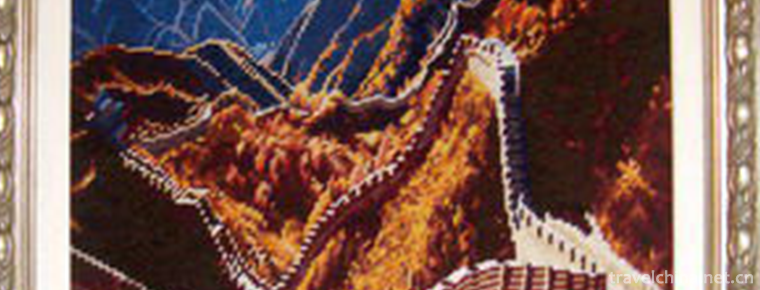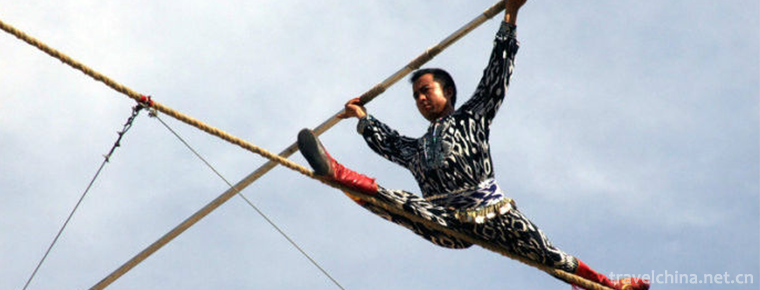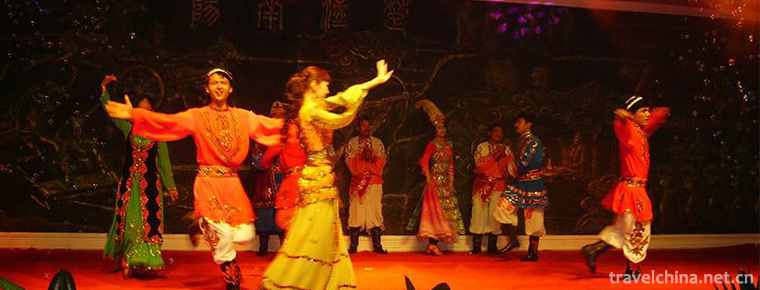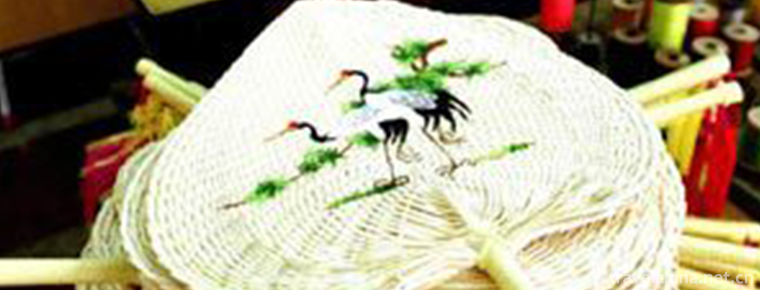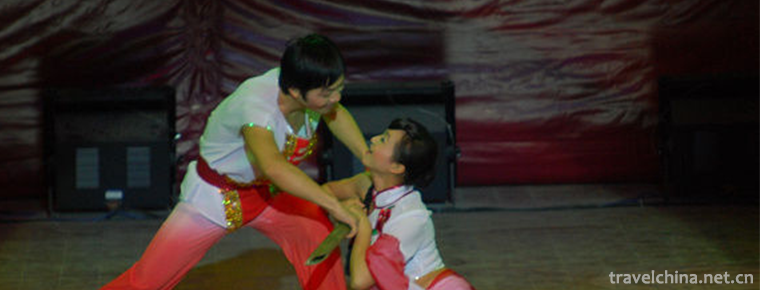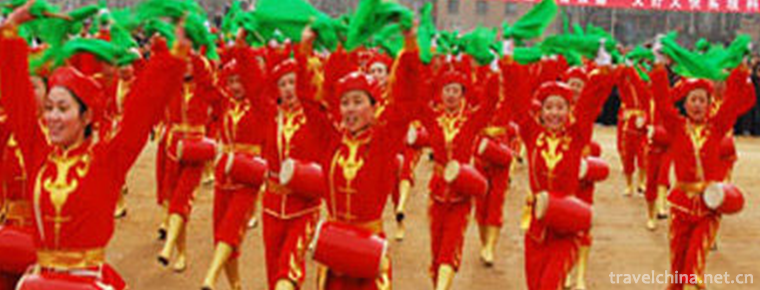The Imperial Palace
The Palace Museum in Beijing was the imperial palace of the Ming and Qing Dynasties, formerly known as the Forbidden City, located in the center of the central axis of Beijing, is the essence of ancient Chinese Palace architecture. The Palace Museum in Beijing is centered on three main halls, covering an area of 720,000 square meters, with a construction area of about 150,000 square meters. There are more than 70 palaces of different sizes and more than 9,000 houses. It is one of the largest and most well preserved wooden structures in the world.

The Palace Museum in Beijing began construction in the fourth year of Yongle (1406), with the Nanjing Palace Museum as the blueprint, and was completed in the eighteenth year of Yongle (1420). It is a rectangular city, 961 meters long in North and south, 753 meters wide in East and west, surrounded by 10 meters high walls, outside the city has a 52 meters wide moat. The buildings in the Forbidden City are divided into two parts: the outer court and the inner court. The center of the foreign dynasties is Taihe Hall, Zhonghe Hall, Baohe Hall, collectively known as the three halls, is the place where the state held major ceremonies. The center of the palace is Qianqing Palace, Jiaotai Palace, Kunning Palace, collectively known as the Hou San Palace, is the main palace where the emperor and empress lived.
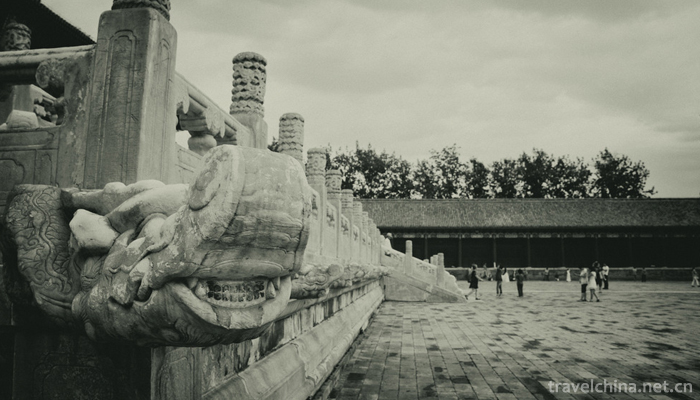
Beijing Palace Museum is known as the world's top five palaces (Beijing Palace, Versailles Palace, France, Buckingham Palace, the United States White House, the Kremlin Palace in Russia), is the national AAAAAAA class tourist attractions, 1961 was listed as the first national key cultural heritage protection units, 1987 was listed as a world cultural heritage.
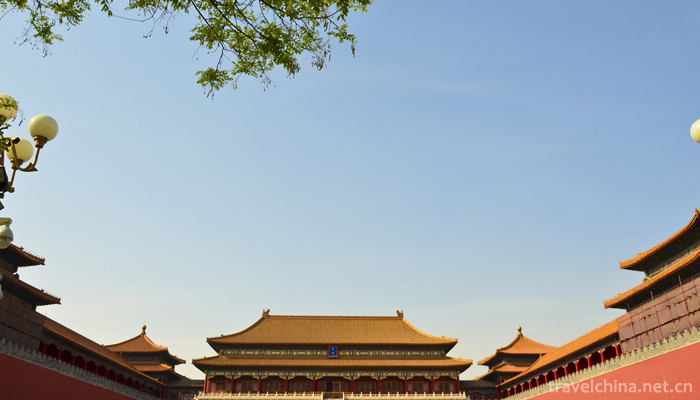
From January 2012 to June 2018, the Imperial Palace received 100 million visitors. From 2019, the the Imperial Palace will try to sell tickets in different periods. In September 3, 2018, the Yangxin Hall of the Imperial Palace officially entered the implementation stage of the research and protection of ancient buildings.
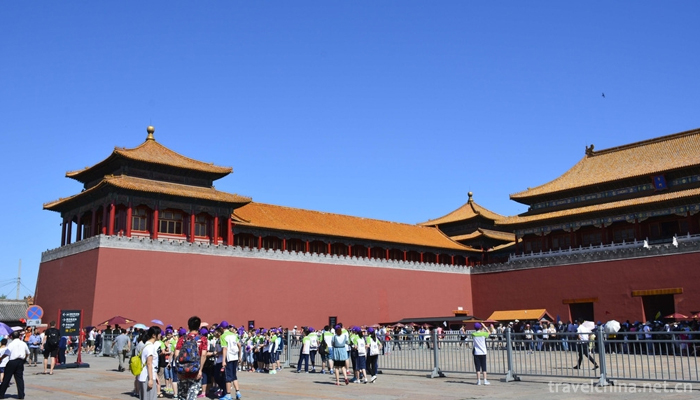
More pic
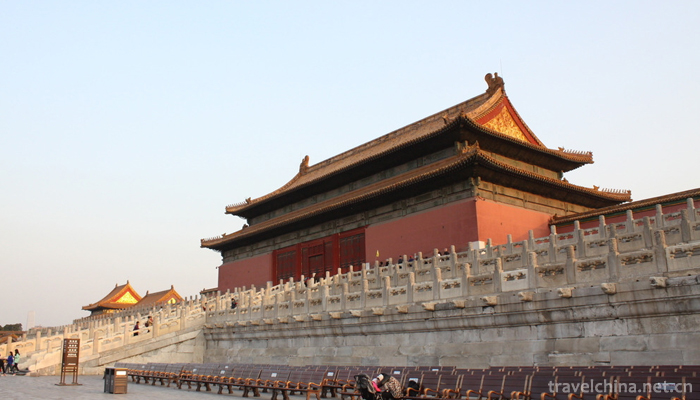
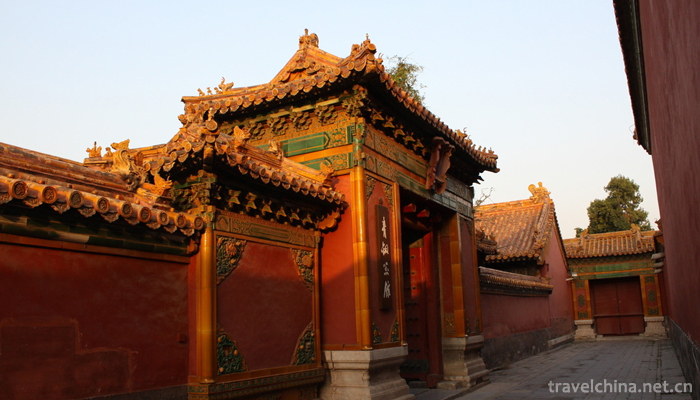
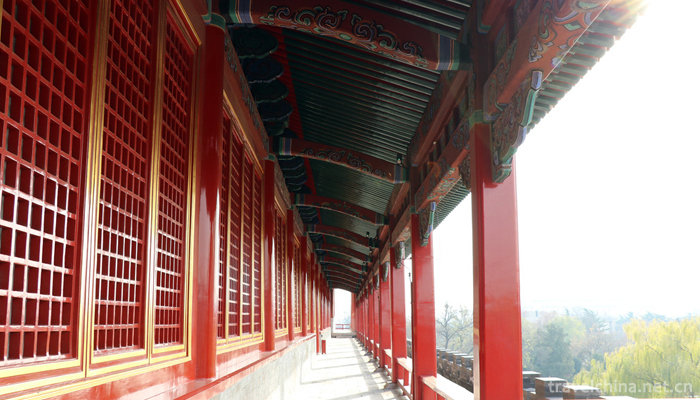
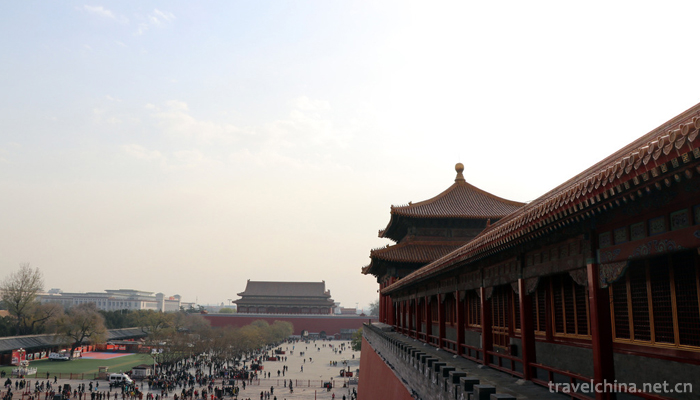
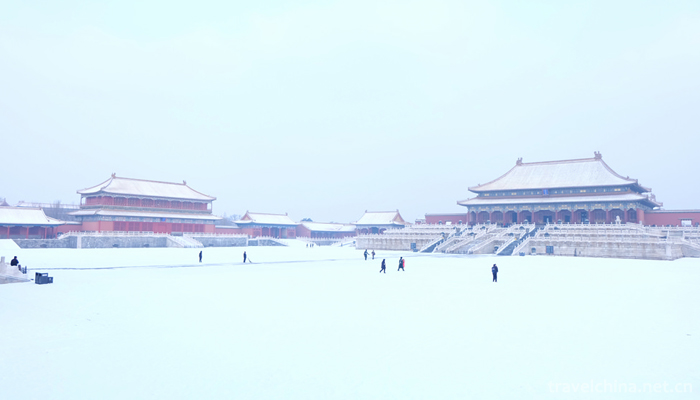
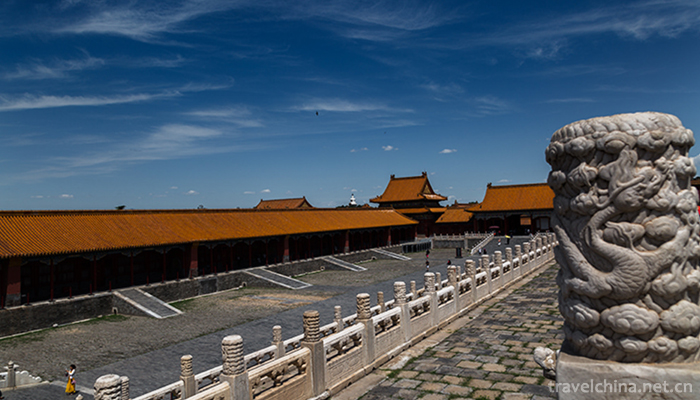
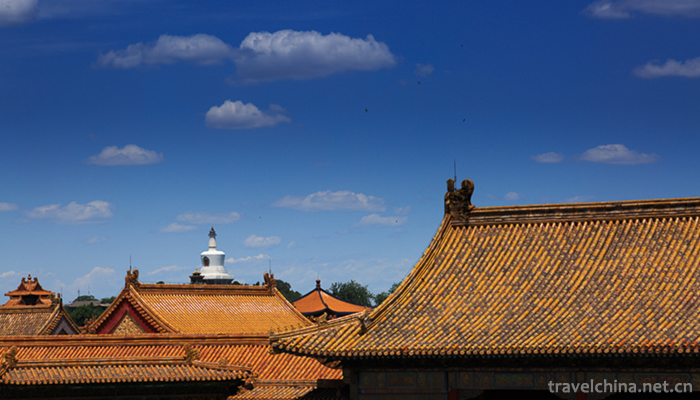
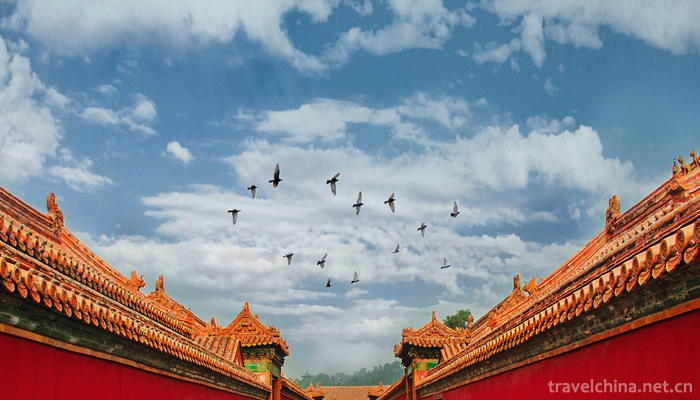
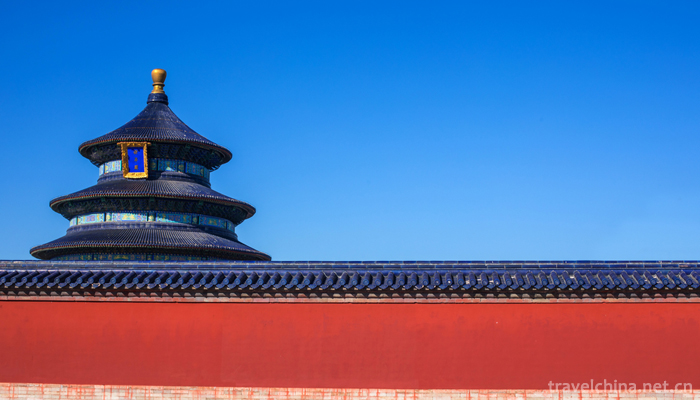
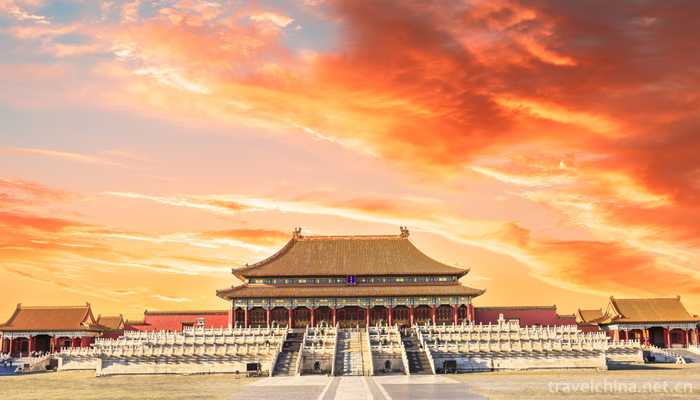

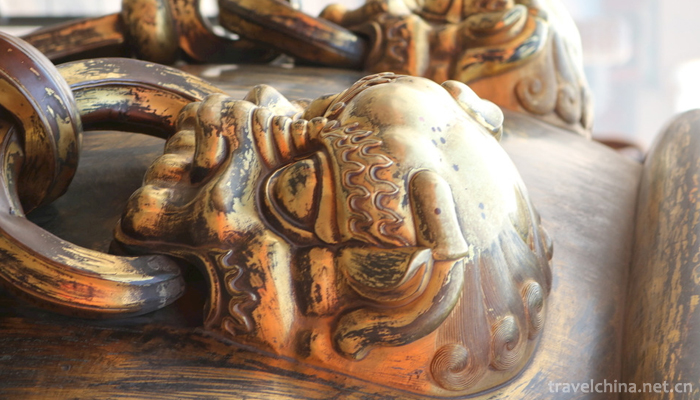

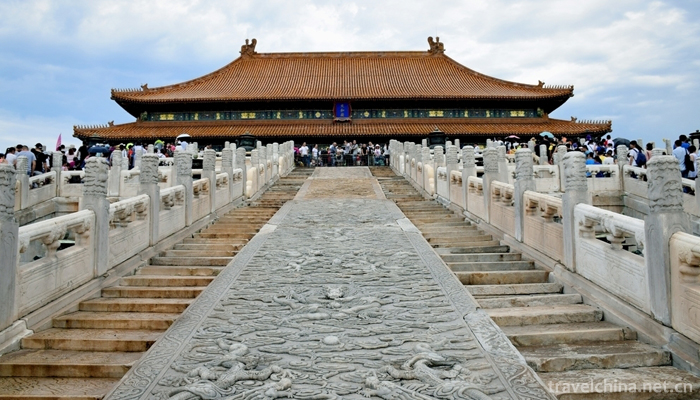
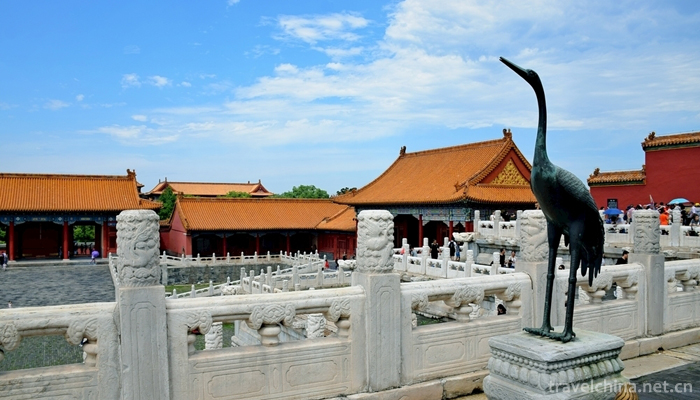
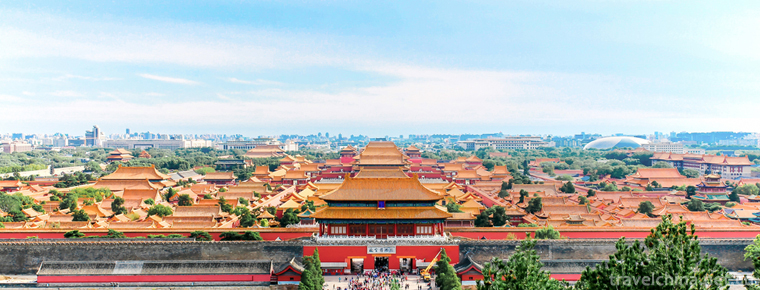
The Imperial Palace
-
Town God TempleChenghuang Temple
Located in Shanghai's Huangpu District Fang Bang Road
Views: 174 Time 2018-10-12 -
Korean Agricultural Music and Dance
"Agricultural Music and Dance" is commonly known as "Agricultural Music", which is spread in the Korean community of Jilin Province, Heilongjiang Province, Liaoning Province
Views: 165 Time 2019-04-16 -
Firing Techniques of Dangyangyu Twisted Tissue Porcelain
Dangyangyu Twisted Tissue Porcelain, a special product of Dangyangyu Village, Xiuwu County, Henan Province, is a product of China's National Geographic Indicators.
Views: 194 Time 2019-04-25 -
Mongolian Wedding
Mongolian young men and women marry on auspicious days, and men give gifts to women's homes. The gifts include cash, clothes, cloth, jewelry, rice and so on. There are cabinets, bedding, clothes, jewe
Views: 165 Time 2019-06-03 -
woolen needlepoint tapestry
Cashmere embroidery, also known as wool embroidery, is one of the emerging traditional arts and crafts in Shanghai. It is a kind of art and crafts crystallization embroidered on special mesh linen clo
Views: 128 Time 2019-06-14 -
Uygur Dawazi
Dawazi is an ancient traditional acrobatic performing art of the Uygur people. "Da" means "hanging" in Uyghur, and "Wazi" means someone who likes to do something. The wor
Views: 102 Time 2019-06-26 -
Uygur Folk Songs
Uygur folk songs are rich in content, which can be divided into two parts: traditional folk songs and new folk songs. Traditional folk songs include love songs, labor songs, historical songs, Life son
Views: 180 Time 2019-06-26 -
Xinhui Sunflower Art
Xinhui Sunflower Art, a traditional Chinese handicraft, originated in Xinhui District, Jiangmen City, Guangdong Province. Xinhui Sunflower Art has a history of more than 1600 years, and became famous
Views: 136 Time 2019-07-06 -
Yihuanghe Bar Dance
Hebang dance is popular in Hedong area of Yihuang County, Jiangxi Province. It is a kind of traditional folk dance developed by mountain people from generation to generation, chopping branches on the
Views: 280 Time 2019-07-12 -
Yicheng Flower Drum
Yicheng Huagu, according to historical records, existed during the Zhenguan period of the Tang Dynasty, reached its peak in the Ming Dynasty, and only in the Qing Dynasty did this activity have a clea
Views: 214 Time 2019-07-13 -
Southwest Minzu University
Make great efforts, and the years will be golden. Southwest University for Nationalities is located in Chengdu, a famous historical and cultural city with the reputation of "the kingdom of heaven
Views: 257 Time 2019-08-31 -
Mineral resources in Dazhou
As of 2012, 38 kinds of minerals have been found in Dazhou City, with more than 250 producing areas. Among them, there are 28 proven reserves, 146 producing areas, 28 exploitable and 21 developed. The proven reserves of stone coal are 763 million
Views: 158 Time 2020-12-20

